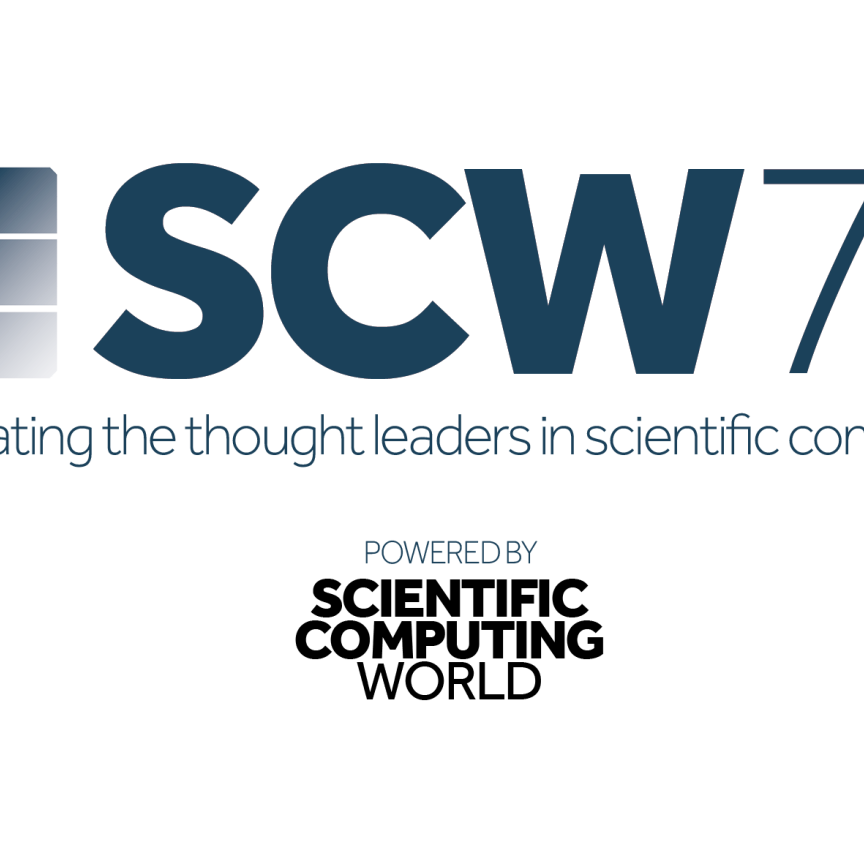Company history
CAS originated in 1907 when the American Chemical Society launched Chemical Abstracts to keep scientists in touch with new chemical information worldwide. To continue fulfilling this mission as publicly disclosed chemical information grew exponentially, CAS became a pioneer in adapting computerisation to speed editorial processing in the 1960s. This led to the creation of the CAS Chemical Registry System, CAS databases, and a range of electronic information services, which now account for 96 per cent of CAS’ business. CAS offers the largest and most comprehensive database of disclosed chemical substances, the CAS Registry, with 33 million records for organic and inorganic chemicals.
The CAplus database contains more than 27 million document records, extending back to the early 19th century.
Product portfolio overview
SciFinder has become part of the research process for scientists in industry and academia as they explore research topics, browse scientific journals and stay up-to-date on the latest scientific developments. SciFinder places information ranging from chemical structures to chemistry-related patents at the fingertips of scientists with little or no training in information retrieval. In addition, CAS cooperates with FIZ Karlsuhe in Germany to provide the STN network of scientific and technical databases with advanced search capabilities for information professionals. STN AnaVist permits users to view the research landscape and recognise trends to guide decision-making regarding competitive activity, patents and more. STN AnaVist 2.0 incorporates the Derwent World Patents Index (DWPI) database to complement the extensive patent content of CAplus. STN AnaVist is the only platform that permits analysis and visualisation of both the CAplus and DWPI search results, with content processed by STN for optimal visualisation.
Future plans
CAS is further developing the SciFinder and STN family of services. A web version of SciFinder is bringing added convenience to scientists. SubScape, a new substance visualisation tool has been released. SubScape permits scientists to visualise substance answer sets from SciFinder. Features include a Substance Landscape that depicts structurally similar substances by using a clustering algorithm and structure descriptors from the CAS Registry.
SubScape’s Bioactivity Indicators chart presents bioactivity terms for which relationships exist between CAS Registry substances and therapeutic activities. CAS has begun to make the scope of the CAS Registry even broader by drawing upon sources of substance information beyond the traditional patents and journal literature, including new web-based resources of value. CAS continues to improve the reach and timeliness of its patent information, with special focus on China and other Asian sources of growing technological importance.
Distributors
CAS serves information users worldwide from its HQ in Columbus. Support for CAS services and STN is also available through international representatives, which are identified at http://www.cas.org/support/agents.html.
COMPANY NAME Chemical Abstracts Service (CAS)
WEB ADDRESS www.cas.org
LOCATION Columbus, Ohio, USA
EMPLOYEES 1,400
TURNOVER Not provided
KEY PRODUCTS SciFinder

